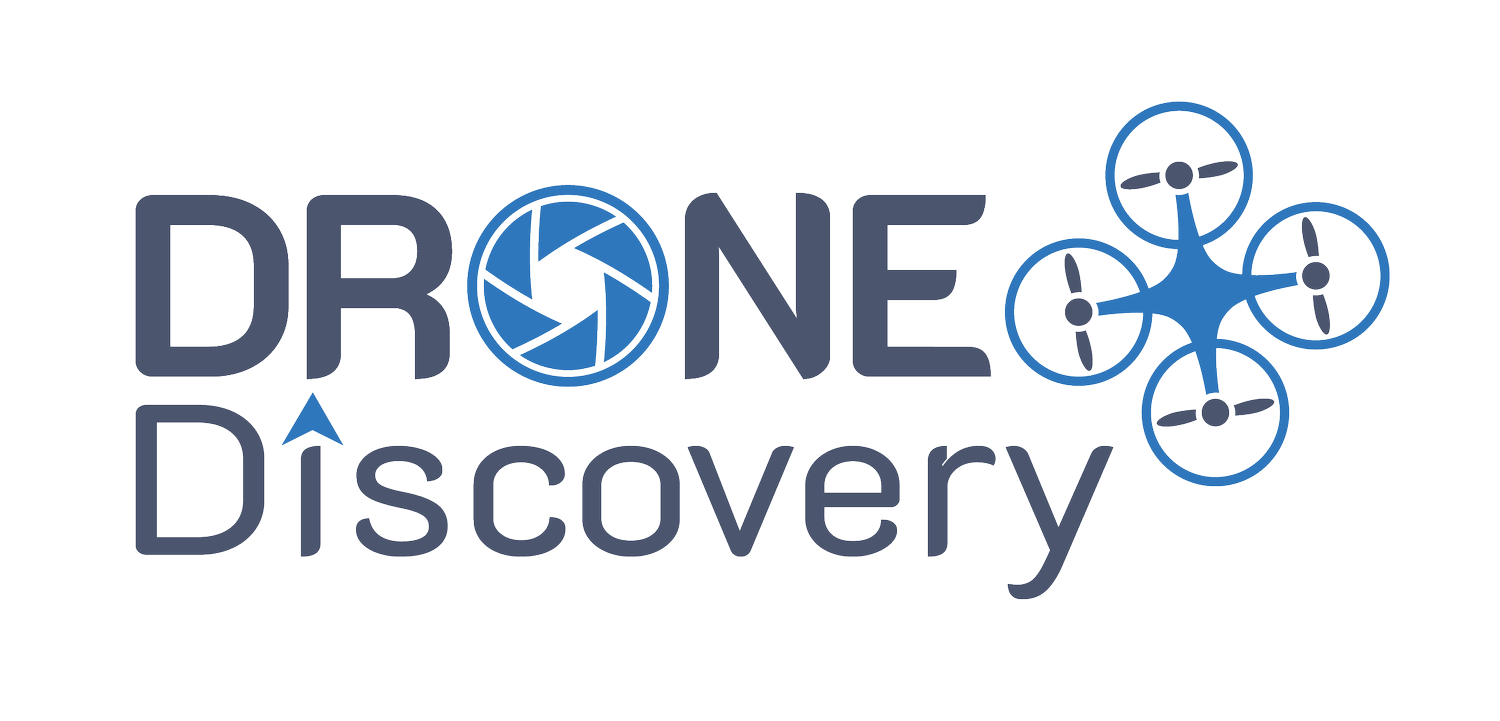Using Drones to Inspect University and School Buildings: Safety, Efficiency and Precision
Maintaining university and school buildings requires regular inspections to ensure they are safe, functional, and compliant with regulations. Traditionally, building inspections involve scaffolding, ladders, or hiring specialised contractors to reach high or hard-to-access areas. However, drones are transforming this process, allowing educational institutions to conduct fast, precise, and safe inspections of their facilities..
Why Drones for Building Inspections?
Drones equipped with high-resolution cameras and advanced imaging technology offer a clear, detailed view of a building’s structure, allowing maintenance teams to monitor the state of roofs, facades, gutters and other essential parts of school and university buildings. This technology offers clear advantages over traditional inspection methods:
Increased Safety: With a drone, there’s no need for inspectors to physically climb onto roofs or navigate risky areas. Instead, a pilot can remotely control the drone to capture images and videos, reducing risks associated with heights or challenging locations.
Faster Inspections: Drones can cover large areas in a fraction of the time it takes for manual inspections, making them ideal for universities and large campuses with multiple buildings to monitor. Inspections that might typically take several days can be completed within hours, minimising disruption to daily campus activities.
Cost-Effective Solution: Avoiding the need for scaffolding, cherry pickers, or specialised climbing gear makes drone inspections highly cost-effective. Drones can perform multiple inspections over time without adding to budget constraints, allowing schools to manage their facilities economically.
Applications of Drone Inspections in Educational Settings
Drones can help schools and universities maintain their facilities by addressing various inspection needs, such as:
Roof Inspections: Drones provide a detailed look at roof conditions, highlighting any leaks, damage or wear that needs immediate attention. Since roofs are susceptible to damage from weather and general wear, regular drone inspections can help facilities teams detect and repair problems early.
Facade and Exterior Walls: Building exteriors and facades are exposed to the elements year-round, which can lead to erosion, cracking and other structural issues. Drone inspections offer a close look at these surfaces to assess deterioration and address repairs before they become significant issues.
HVAC and Ventilation Systems: Maintaining efficient HVAC systems is essential, especially in buildings with high occupancy like classrooms, halls of residence and cafeterias. Drones can inspect exterior HVAC systems, ducts and vents, identifying clogs, leaks or other issues that might compromise airflow or energy efficiency.
Gutters and Drainage Systems: Clogged or damaged gutters can lead to water damage over time, which is costly to repair. Drones make it easy to inspect gutters, pipes and drainage systems for blockages or signs of corrosion that might impede proper water flow.
Playgrounds, fields and sports facilities: For schools with sports facilities, playgrounds, or fields, drone inspections can identify any wear on structures like changing facilities, goalposts and fencing. This proactive approach to maintenance ensures these areas are safe for students and visitors.
Benefits for Educational Institutions
Drone-based building inspections bring a range of advantages for schools and universities:
Detailed documentation and monitoring: Drones can capture high-definition images and 4K videos, allowing maintenance teams to document the condition of buildings over time. This historical data is invaluable when monitoring the longevity and performance of building materials and systems.
Non-disruptive operations: Inspections can be carried out with minimal disruption. Unlike traditional methods, drone inspections don’t involve setting up scaffolding or other bulky equipment, which can be an inconvenience for students and staff.
Environmental Benefits: By enabling precise, targeted inspections, drones help reduce unnecessary material use and waste associated with extensive repairs. Schools can better focus on immediate needs, potentially lowering the carbon footprint associated with maintenance.
Streamlining Campus Operations with Regular Drone Inspections
Universities and schools can streamline campus maintenance through a proactive approach using regular drone inspections. Scheduling drone inspections seasonally or annually can help identify minor issues before they become costly repairs, minimising long-term damage and preserving building integrity. Regular checks also make it easier to comply with local safety standards, avoiding unexpected issues during official inspections.
Conclusion
Using drones for inspecting school and university buildings brings safety, efficiency and financial benefits, making them a valuable addition to campus maintenance strategies. These aerial inspections provide clear, real-time insights into campus building conditions, allowing facilities teams to prioritise repairs, maintain safe environments for students and extend the life of institutional infrastructure.
Educational institutions can use this technology to proactively protect and enhance their campuses, ensuring that students, faculty and visitors are greeted with safe, well-maintained buildings and grounds every day.
